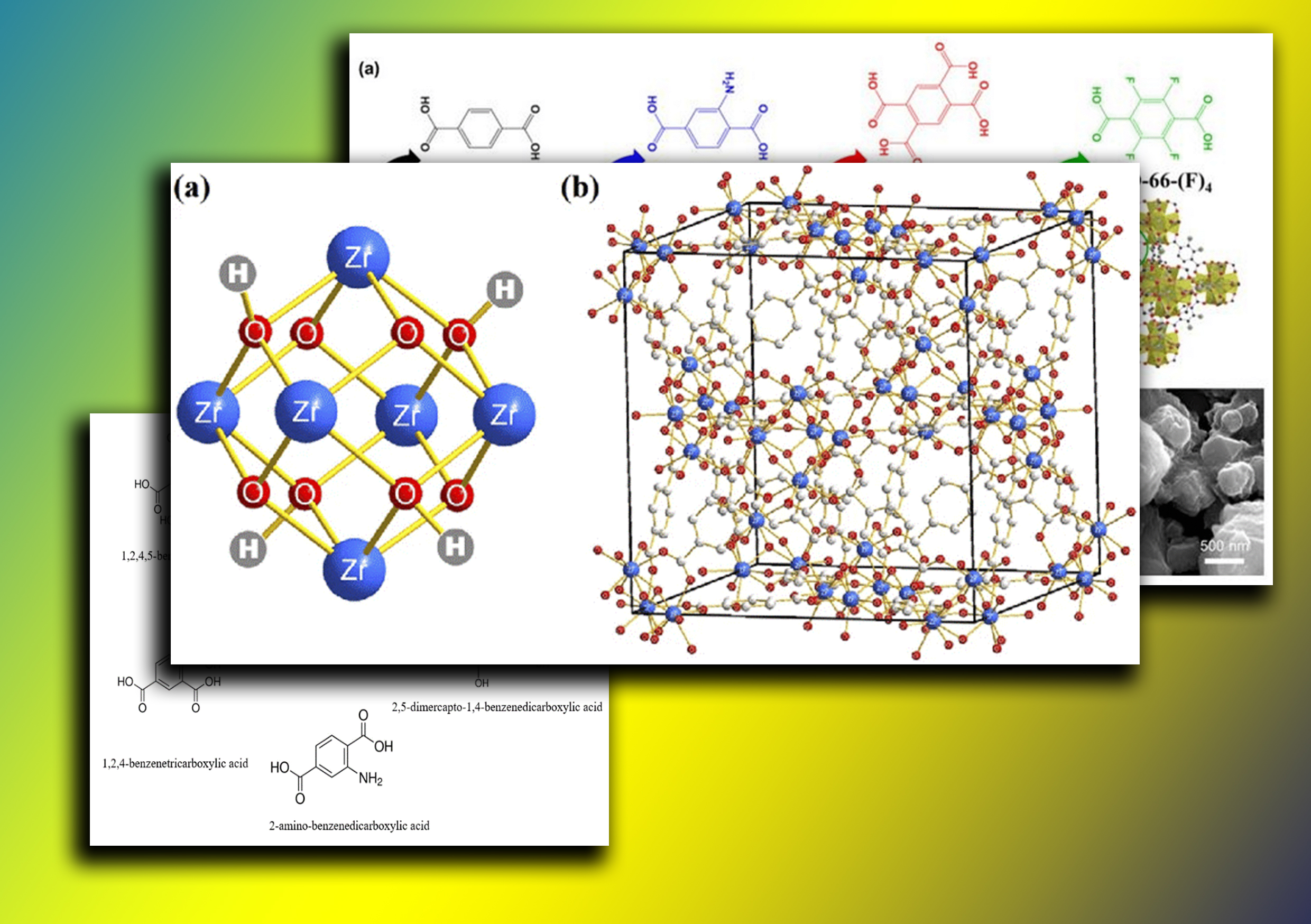Effects of functional groups in metal-organic frameworks of isoreticular UiO-66 topology in heavy metal removal: A Review
##plugins.themes.academic_pro.article.main##
Abstract
Wastewater treatment is a critical process for maintaining environmental sustainability and human health. Heavy metal pollution in wastewater poses a significant challenge due to its toxicity and persistence in the environment. Consequently, there is a growing endeavor to create efficient and reliable technologies for the elimination of heavy metals and, researchers have been driven to investigate emerging areas of material science due to their desire to create cost-effective, streamlined approaches. Metal-organic frameworks (MOFs) have emerged as promising materials for the removal of heavy metals from wastewater mainly due to high stability at aqueous medium, high surface area, tunable pore sizes, and exceptional adsorption capacities. Suitable synthesis or post-synthesis functionalization strategies can be employed to attain the desired characteristics in MOFs. Among the various MOFs, UiO-66 topology-based frameworks have demonstrated excellent performance in heavy metal removal, owing to their tailorable surface chemistry, selectivity, and regenerability. This review article aims to explore the effects of functional groups in heavy metal adsorption processes in MOFs of isoreticular UiO-66 topology in wastewater treatment. It provides an overview of the synthesis methods, structural properties, and surface modifications of UiO-66 MOFs. Furthermore, the article highlights the role of functional groups in enhancing the adsorption efficiency and selectivity of UiO-66 MOFs in heavy metal sorption and the stability of the MOFs in aqueous conditions.

